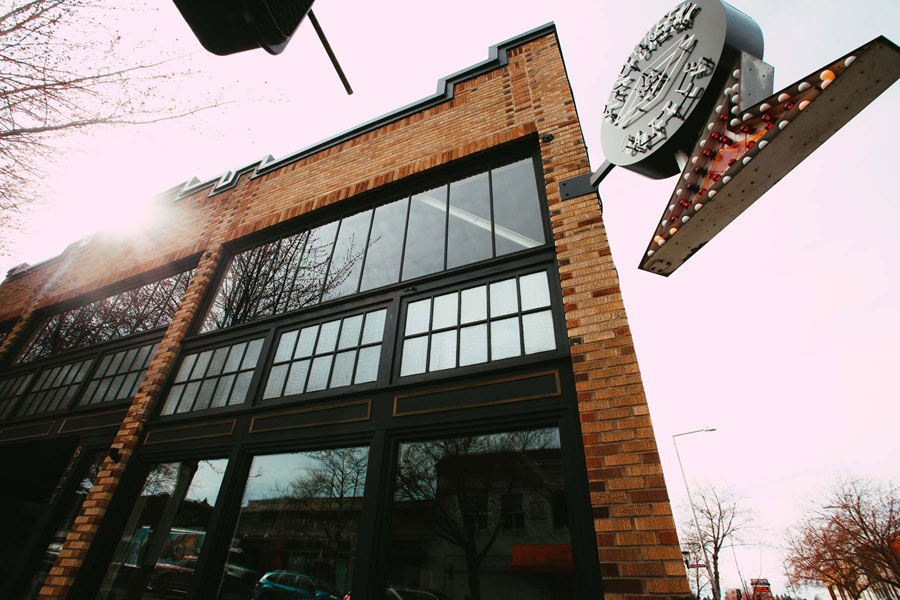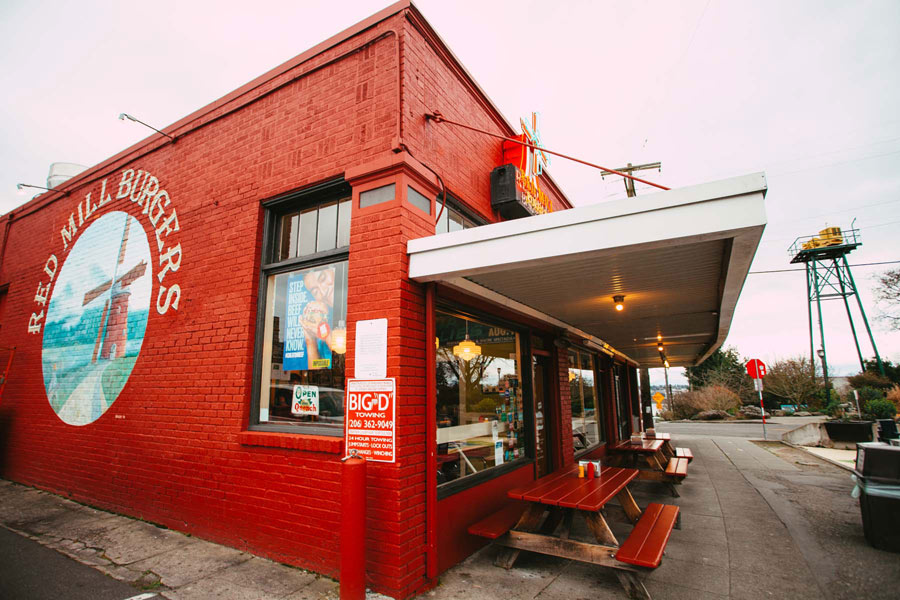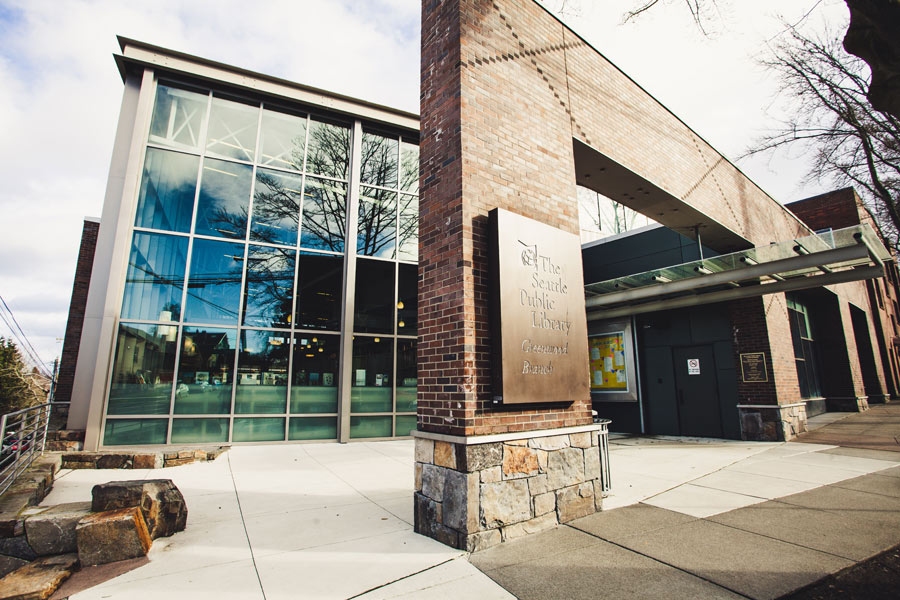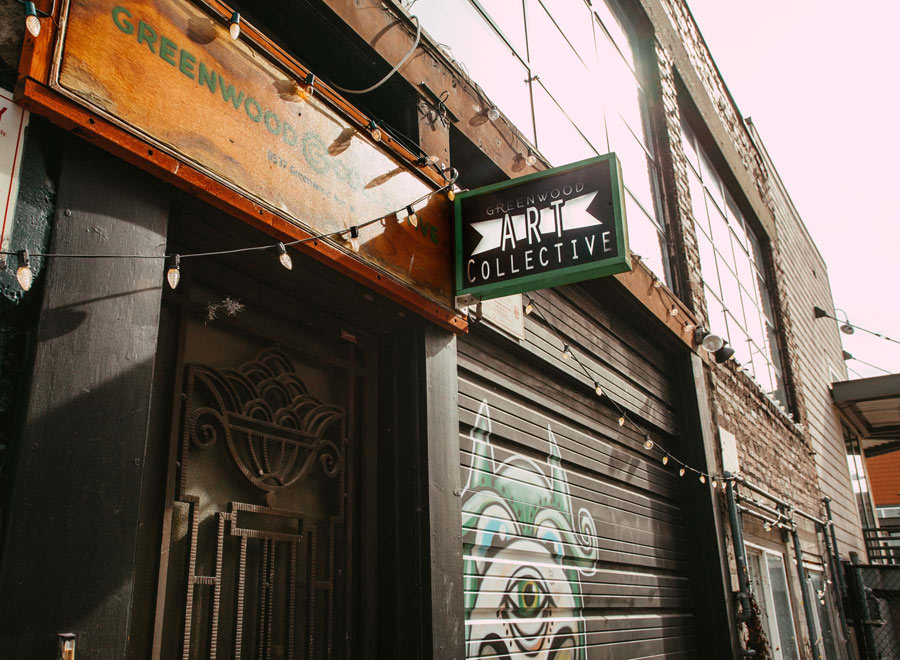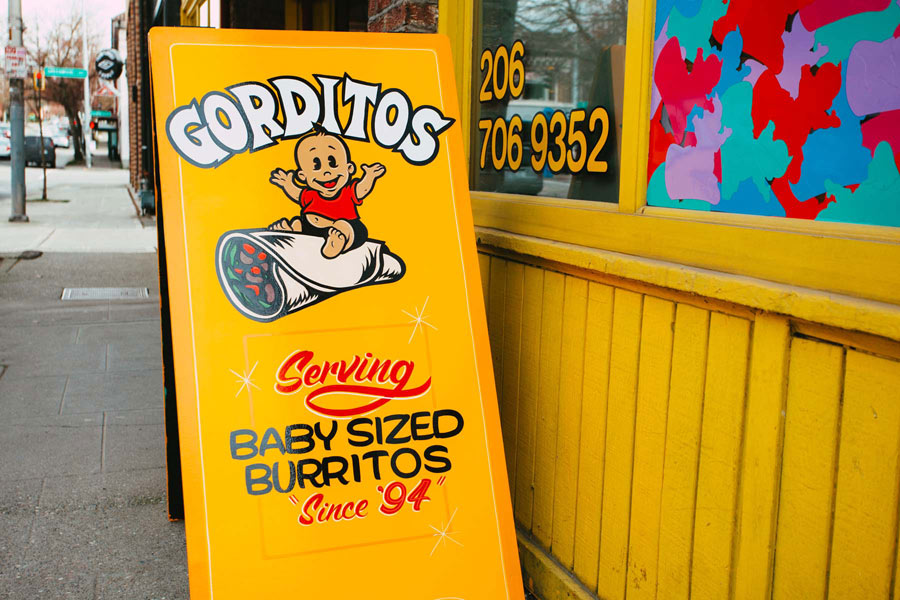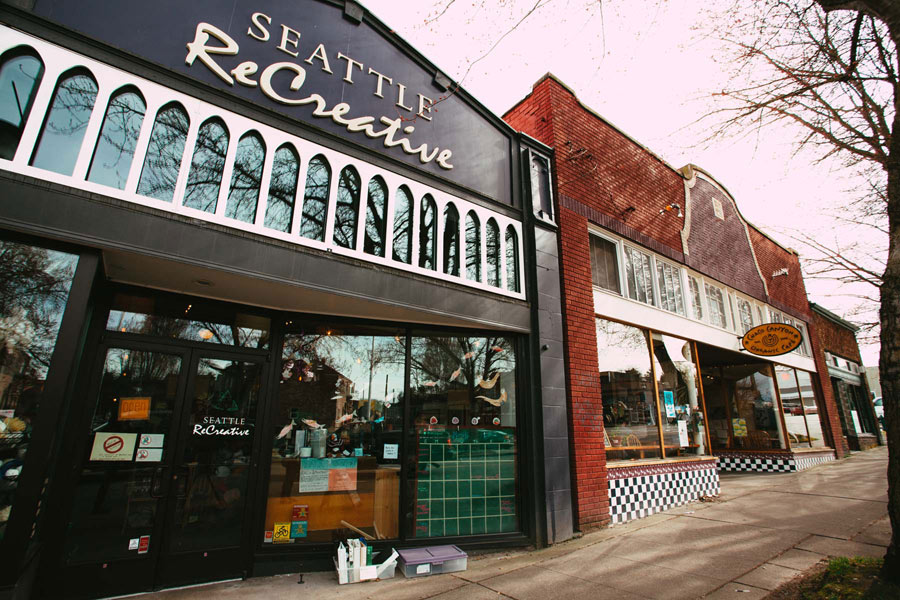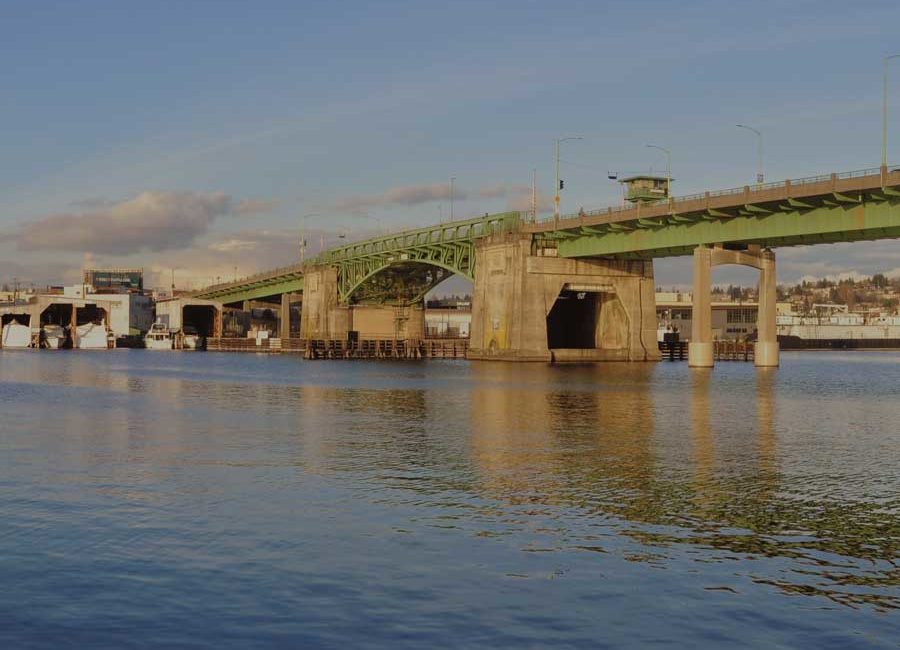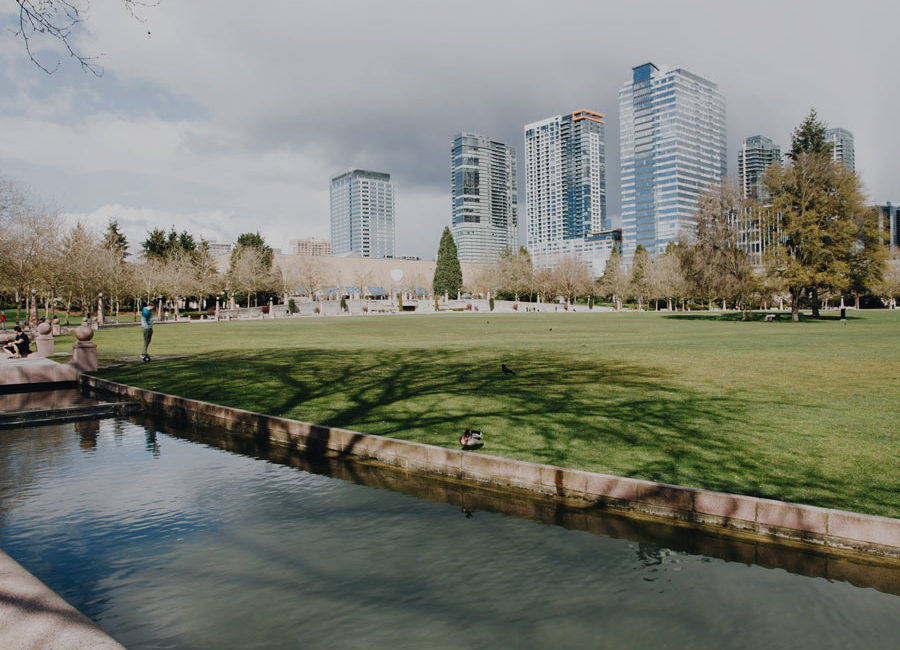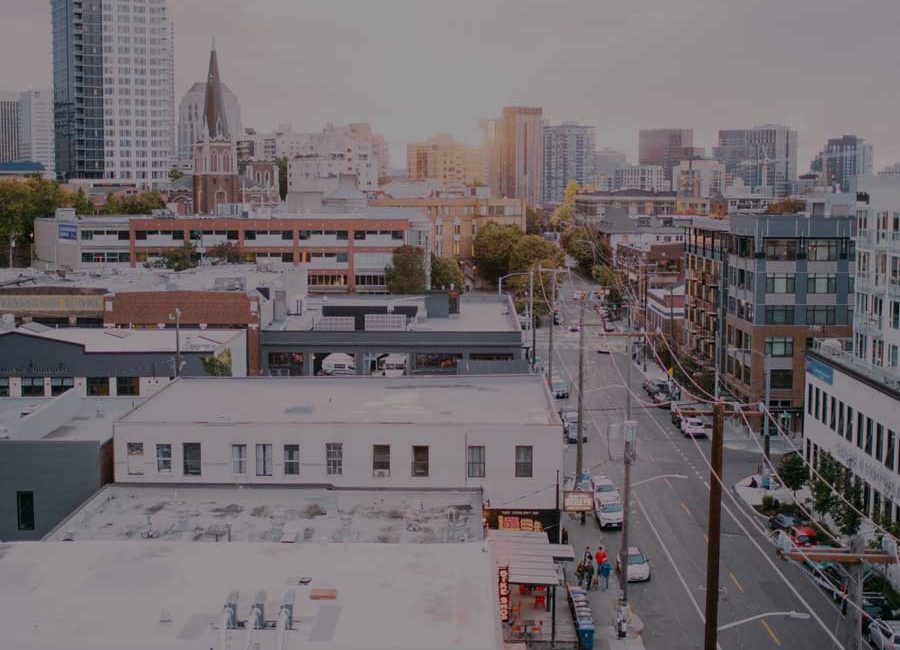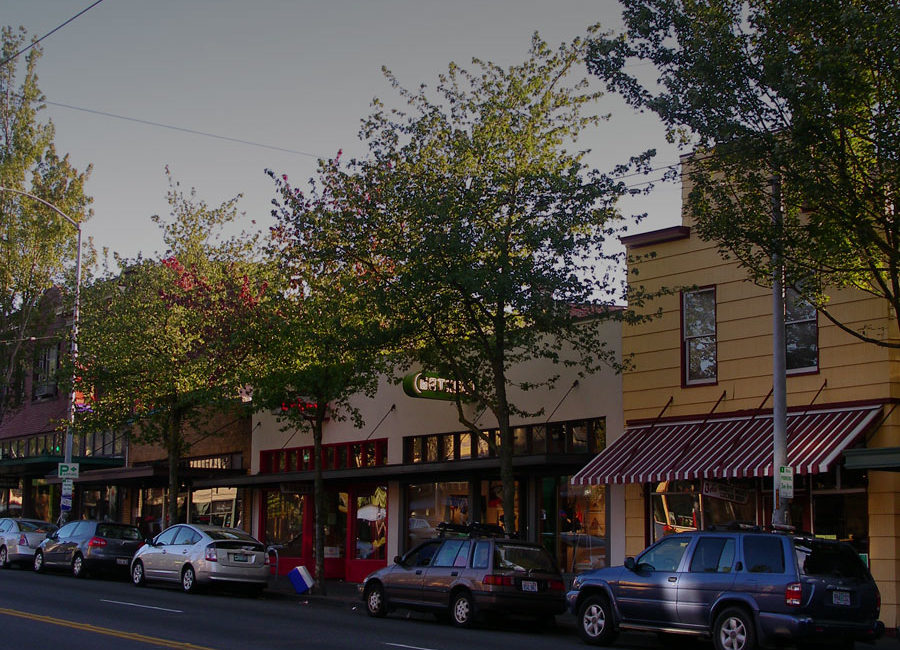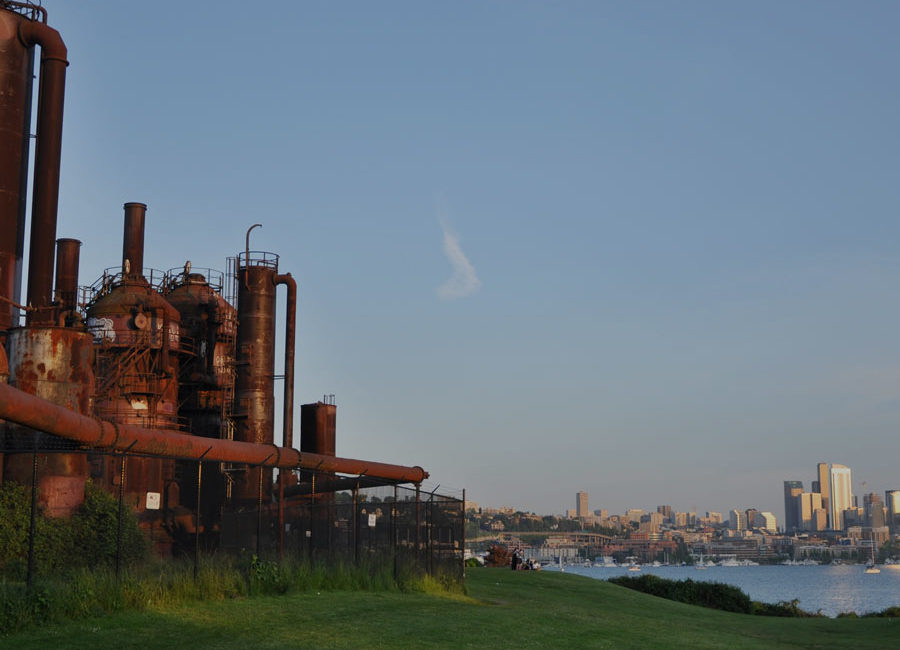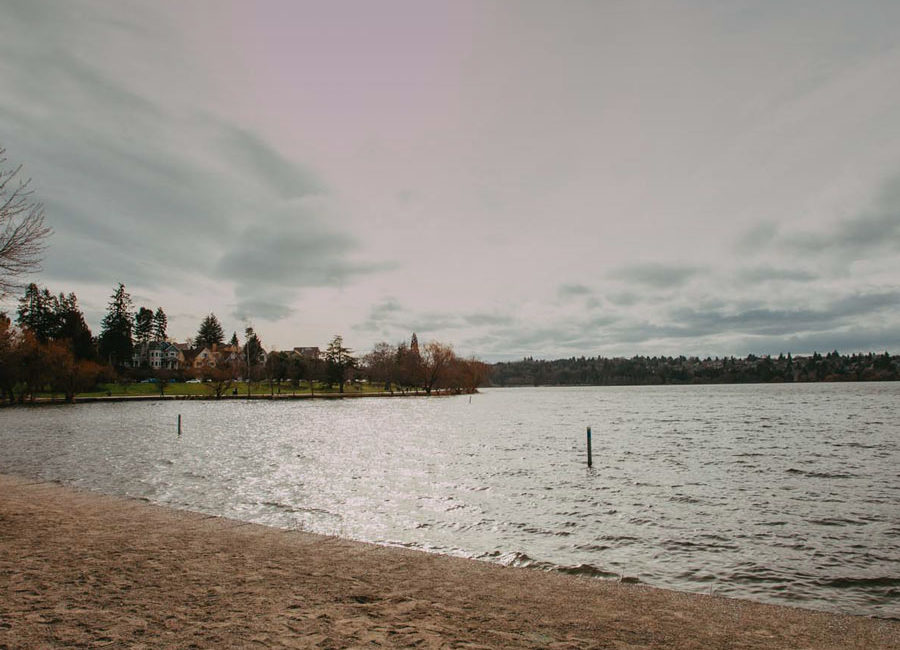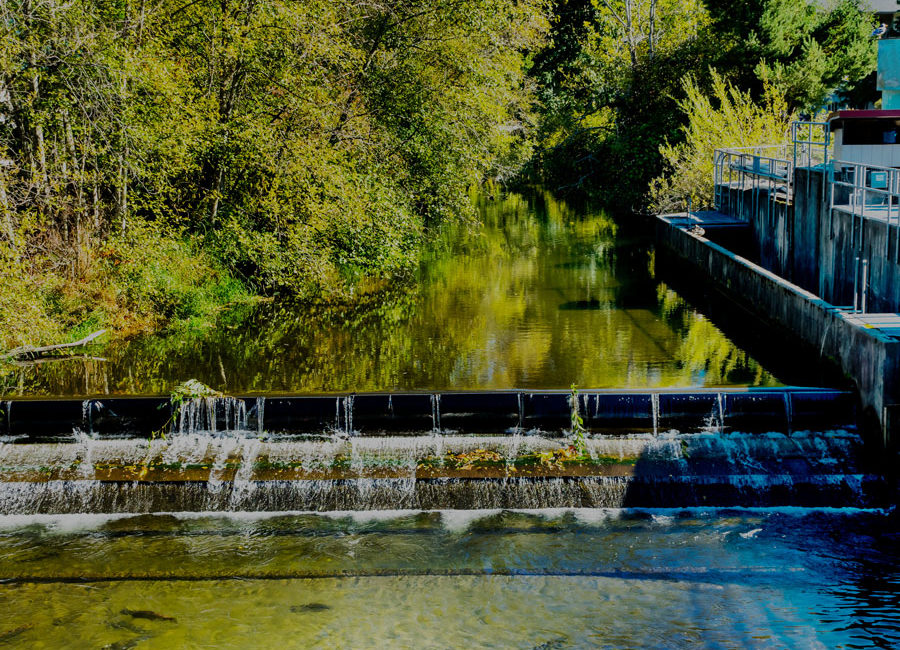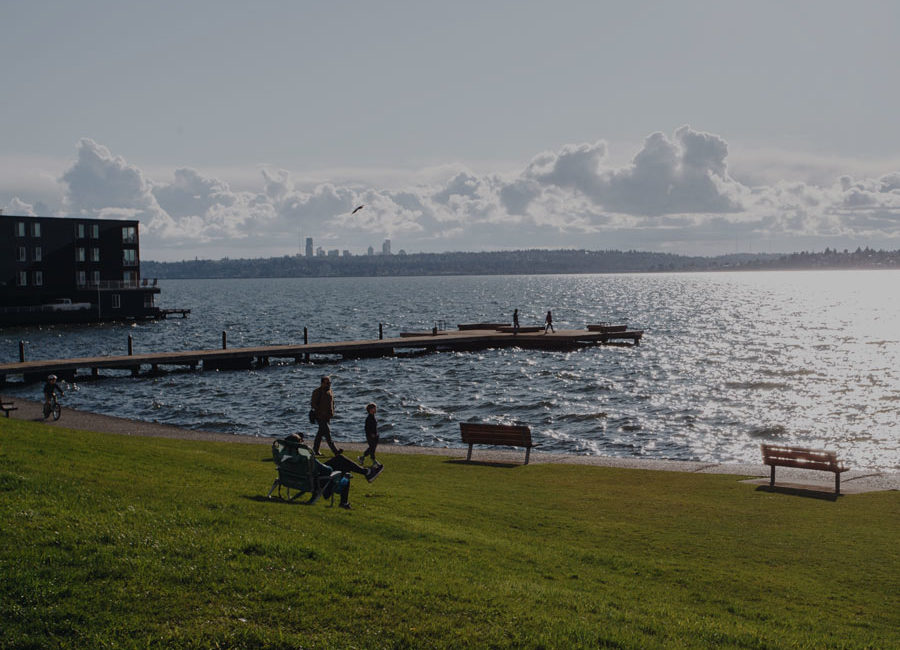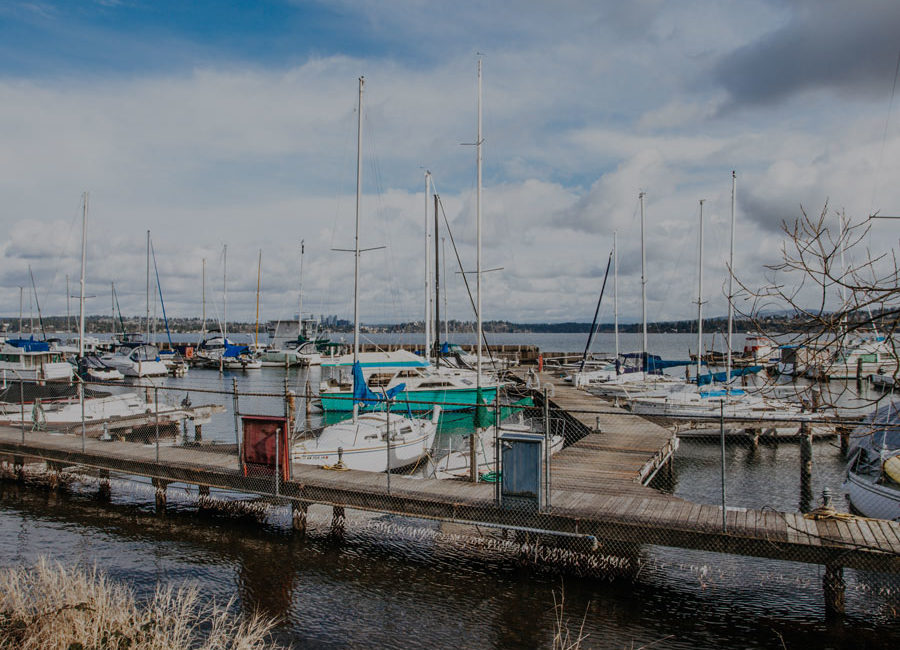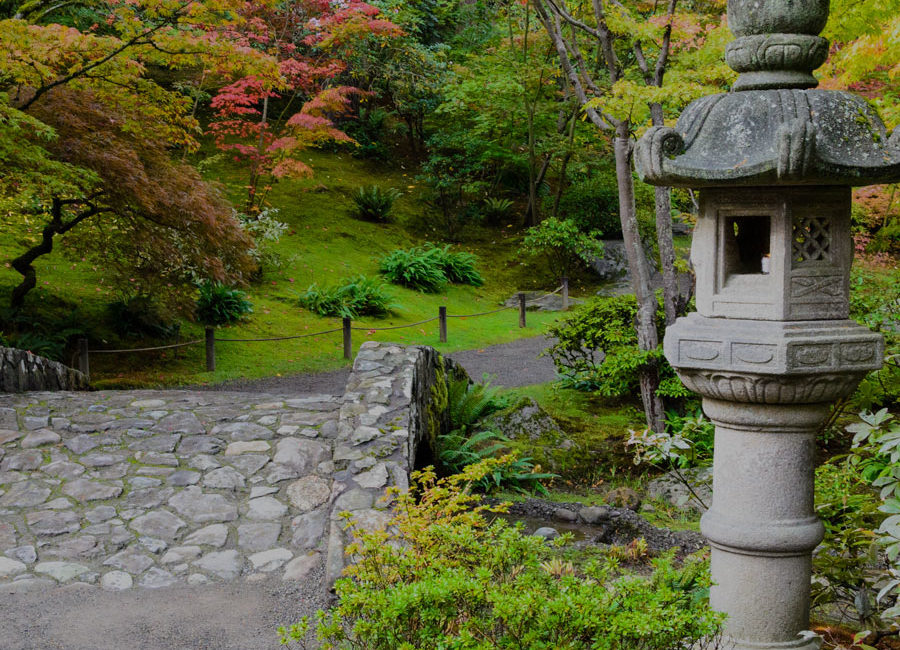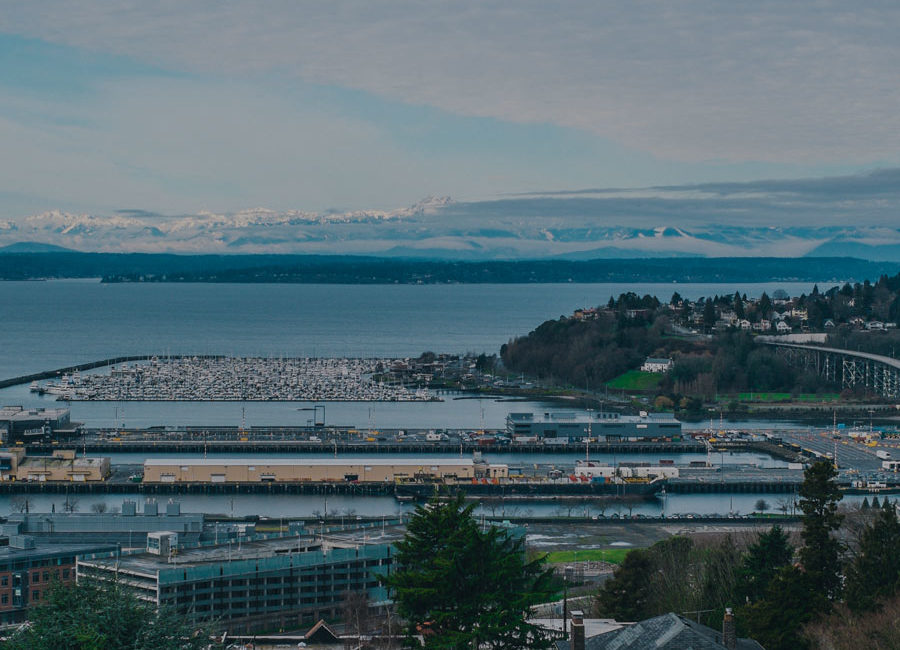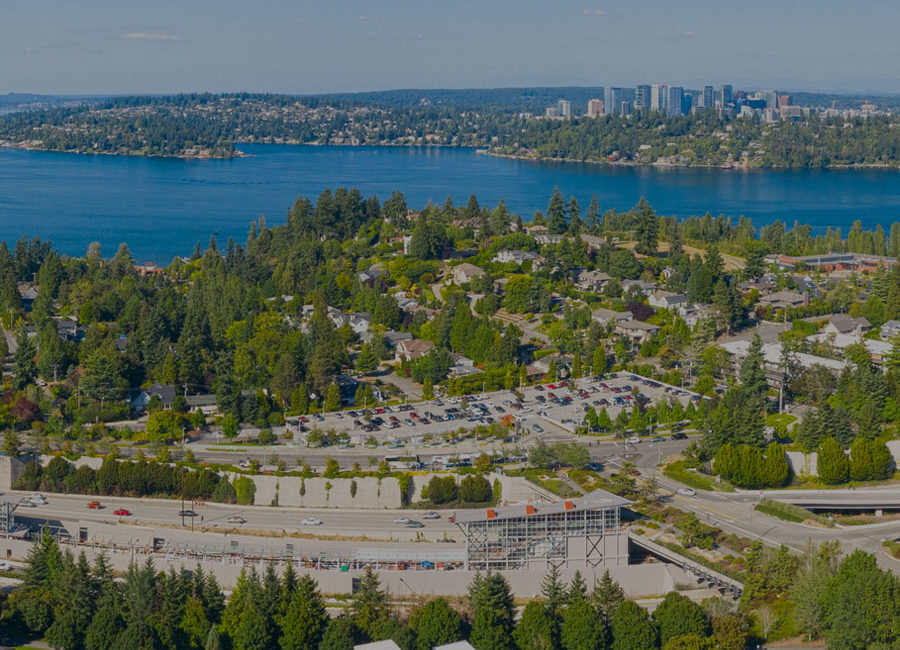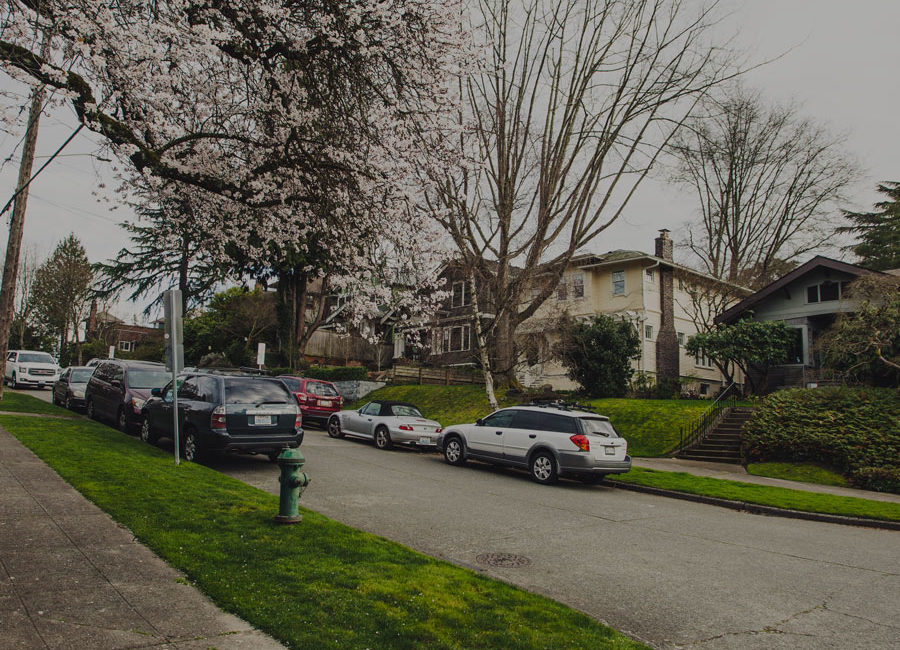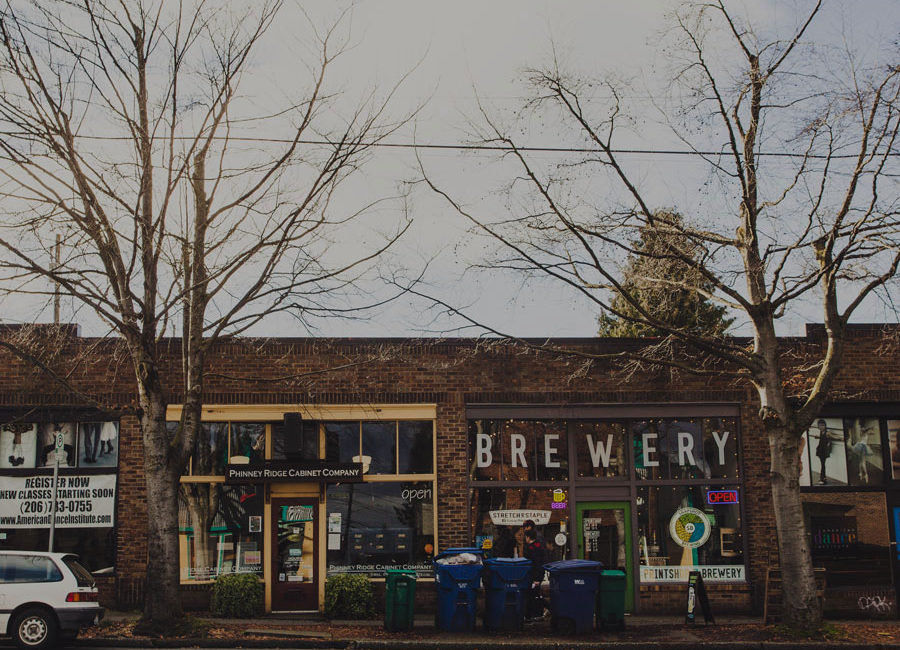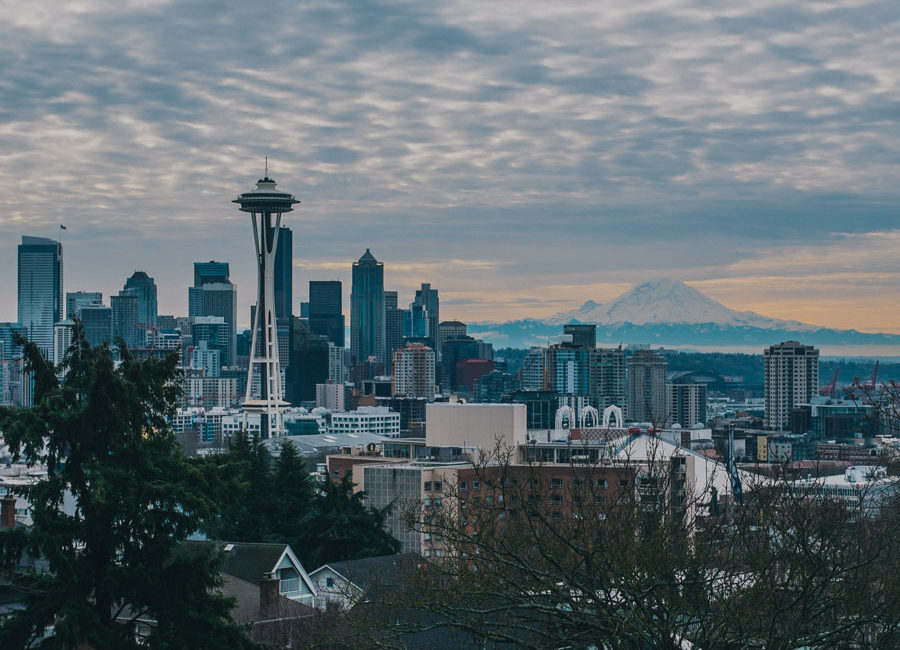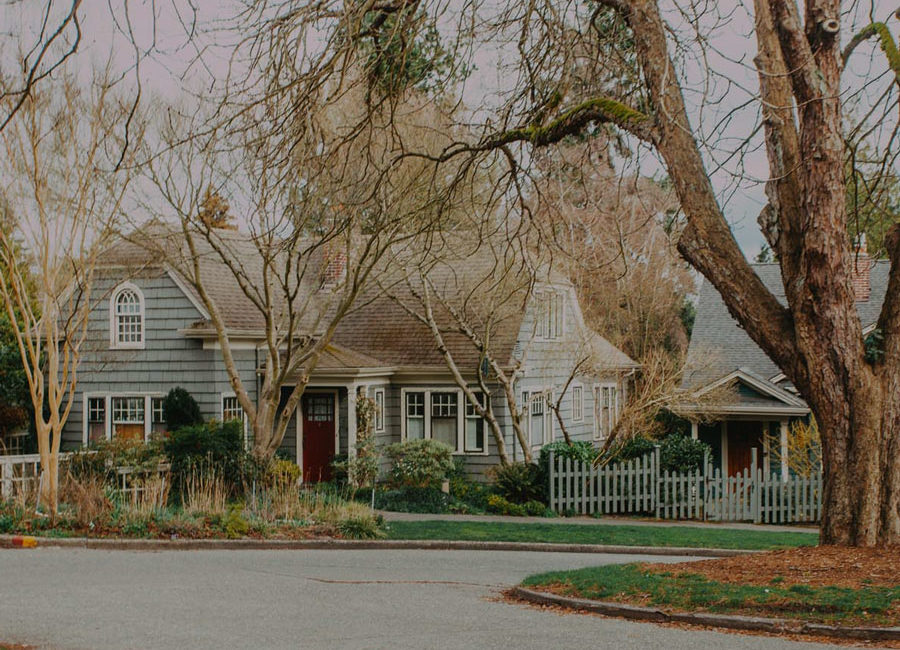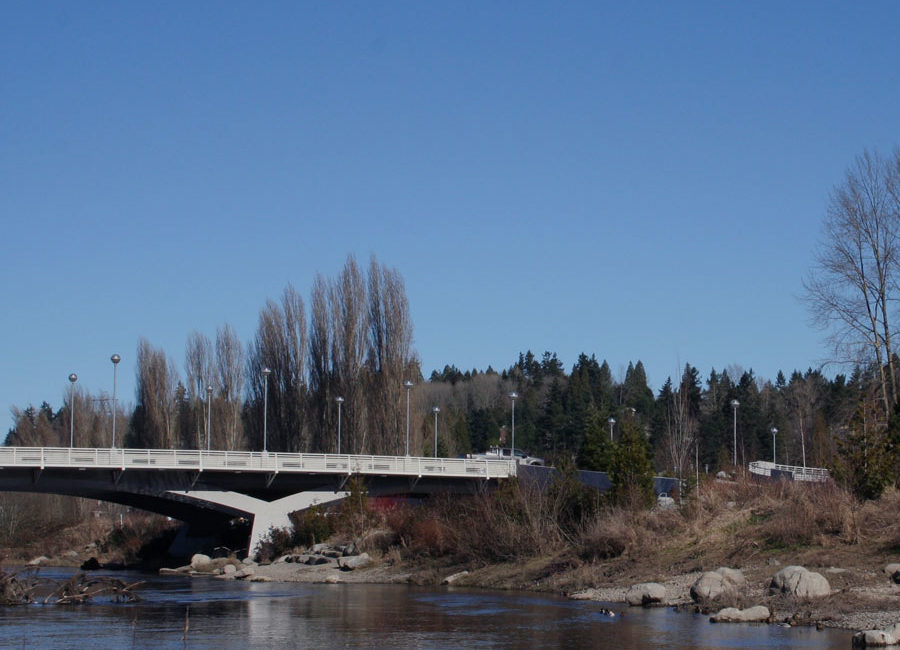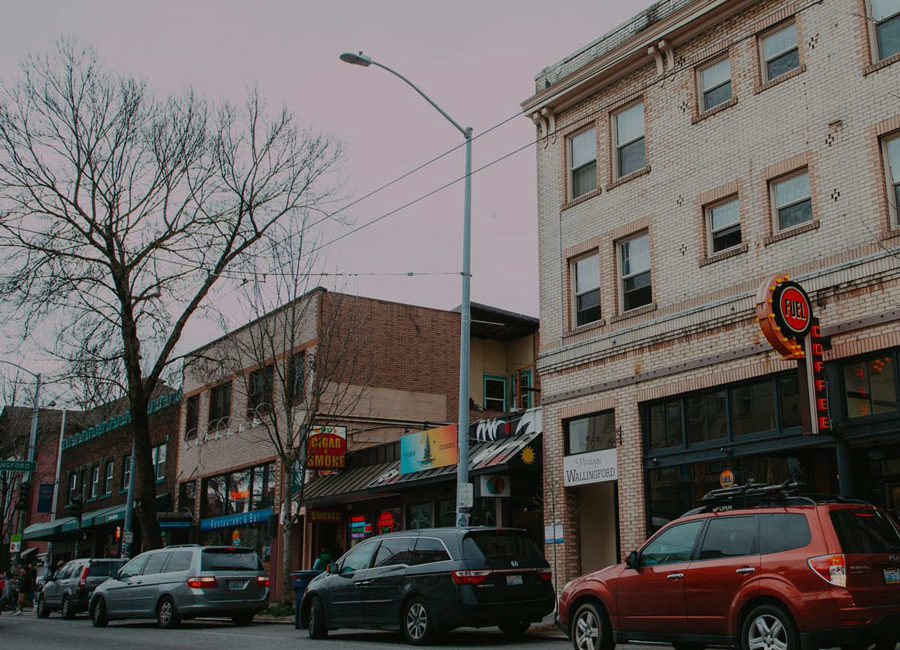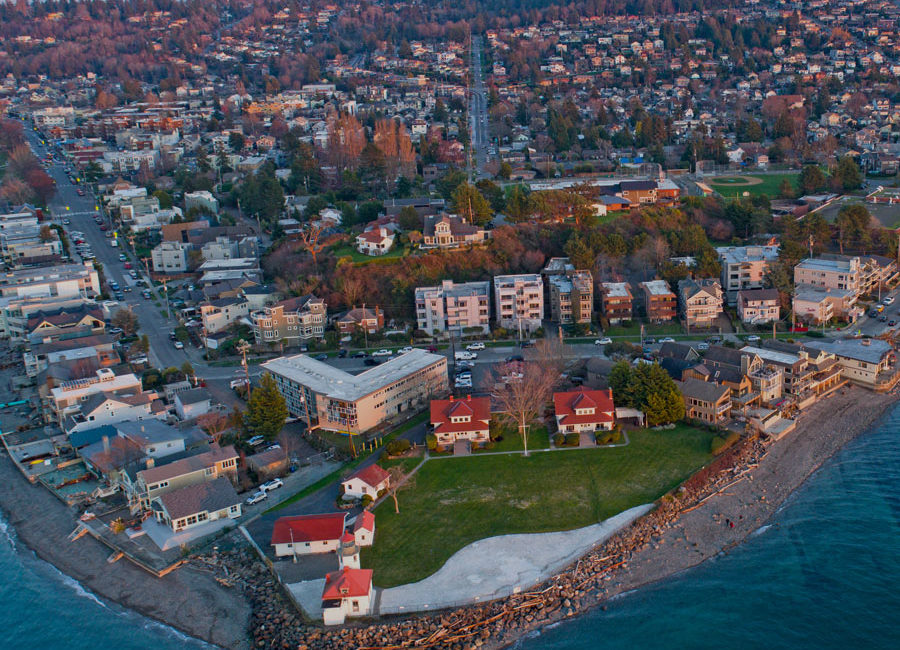Greenwood:
A Community All Its Own
From its early beginnings as a bog to its status today as an attractive neighborhood just far enough from Downtown to have its own small-town feel, Greenwood is an ideal spot for just about anyone. The heart of the neighborhood is only about two blocks long at 85th and Greenwood Avenue, but has all of the bases covered with plenty of spots to find a tasty bite to eat, a delicious cocktail or beer to sip, or a good espresso to enjoy while you work or socialize. The residential area fans out from the center of Greenwood, and it’s very walkable as well.
2019 Data at a Glance
Average Home Price:
$671,733
Average Rent:
$2,525/month
Home price trend:
-5.9%
Walk Score (1-100):
85
Number of Parks:
15
Pros & Cons of Living in Greenwood
Greenwood draws a lot of families, singles, and retirees for all of the above reasons, and its slightly more affordable home and rent prices make it more approachable budget-wise than some of the more popular neighborhoods around the city. In addition to its active commercial core along Greenwood Avenue, there are some great art galleries and antique shops.
A Fred Meyer sits right in the middle of the neighborhood, with a Ken’s Market at the south end near Phinney Ridge, a Safeway on the west edge near Ballard, and a PCC market just across Aurora Avenue on the Green Lake side.
In terms of coffee, Greenwood residents have a favorite with Herkimer Coffee, where they roast their own beans on-site. The neighborhood has lots of options, though, and some special spots such as Chocolati, where you can get delicious hot chocolate and handmade chocolate treats in addition to espresso drinks.
For breakfast or brunch, head to Pete’s Egg Nest or El Chupacabra. Grab a delicious lunch at the local Red Mill Burgers location, and get a fantastic mid-day meal or dinner at Gorditos (home of the “baby burrito”) or The Olive and Grape, a great neighborhood spot with Turkish, Italian, and Greek fare.
About 15 parks and green spaces make up the Greenwood and Crown Hill area, and the largest is Carkeek Park, which covers 216 acres and includes areas to play, picnic, or hike. A pedestrian bridge crosses the main lines of the BNSF Railway to connect park goers to the Carkeek Park sand beach on Puget Sound.
The downsides of living in Greenwood are relatively few. Like essentially every other neighborhood in the city, it’s expensive to live here, but the costs are lower than elsewhere in the city. Parking is fairly easy to find, and the transit system connects Greenwood commuters to Downtown within 30 to 45 minutes. However, although the neighborhood is just over 7.5 miles from the city center, rush hour can make the commute a bit frustrating. The nightlife here is not like it is in Ballard or Fremont, so young professionals and singles may prefer more busy neighborhoods, but its quieter, small-town community atmosphere also makes it great for those who prefer a bit more seclusion from the busy-ness of Downtown.
History of Greenwood, Seattle
It took over 50 years for people to settle in Greenwood after the Denny party arrived on Alki Beach in late 1851, primarily because it was very boggy and essentially only had a cemetery, which David T. Denny laid out in 1891 along W. 85th Street and Woodland Avenue. In 1903, the cemetery was renamed the Greenwood Cemetery, and was sold to Henry McBride in 1907. McBride platted one-eighth of the 40-acre lot for residences, which became known as the Greenwood Park Addition, and those previously buried in the cemetery (which weren’t many) were reinterred at the nearby Crown Hill cemetery.
The history of Greenwood began to get more interesting after the turn of the century, when the new Seattle-Everett Interurban Railway was constructed along W. 85th Street. It connected the area with Ballard and Downtown to the south, and up to Everett to the north when the rail service was opened in 1910.
During the 1920s and 30s, the Greenwood business district thrived and brought many more residents to the area as well as expanding commerce. In 1925, the Greenwood State Bank opened, and later became a branch of Seattle First National Bank. In the 1940s, Greenwood really took strides and became self-sustaining as a neighborhood with its own grocery stores, hardware stores, pharmacies, bakeries, taverns, doctors, dentists, barbers, variety stores, appliance shops, shoe repair shops, and even a department store (MacDougall & Southwick).
Today, the self-sustaining culture of Greenwood remains, with many of the old buildings constructed in the mid-1900s still surviving. You can still find everything you need within the neighborhood, from places to eat out and enjoy a nice beverage, to spots where you can get your errands done and shop for unique items.
Home Prices in Greenwood, Seattle
One of the more attractive aspects of living in Greenwood is that you can live near Downtown at a more affordable price point, which makes the neighborhood ideal for first-time homebuyers on a budget. The average home value in Greenwood is $671,733, and while home values declined -5.9% last year, they are expected to fall an additional -0.7% during 2020. The median price per square foot is also about $50 less than the Seattle average of $511, at $462.
While most of the original residential homes from Greenwood’s earliest days as a neighborhood are gone, there are still some old Tudor homes that date back to the 1930s, brick ramblers, bungalows, and even some 1960s-era split-levels. There are lots of single-family homes, as well as a few condominium and apartment buildings in the central areas, with both middle- and upper-class residential options.
The average rent for a one-bedroom apartment is slightly below the city-wide average of $2,650, with an average rent of $2,525 for a Greenwood apartment. In addition to singles and young professionals, senior citizens and young families, Greenwood has an eclectic mix of residents who enjoy its community ambiance and quieter, on-the-outskirts location outside of Downtown Seattle.
Walk Score & Transportation in Greenwood
The Greenwood neighborhood has a walk score of 85, and a bike score of 78. It’s the 13th most walkable neighborhood in the city.
Greenwood has a transit score of 55, which means that it’s somewhat less accessible by bus than other neighborhoods in the city. However, parking is usually easier to find. The main bus route through the neighborhood is the RapidRide D-Line, which travels from Greenwood’s Crown Hill though Ballard and into Downtown Seattle, with stops in Ballard, Interbay, and lower Queen Anne along the way. There’s also the route 15 Peak Hour Express, which passes through Crown Hill from Blue Ridge and ends in Downtown, and Route 5, which goes from Shoreline Community College to Downtown Seattle by passing through Greenwood.
Unique Gems in Greenwood
Greenwood is home to tons of unique shops and eateries, so it’s hard to just choose a handful! If you’re interested in checking out the neighborhood, you should head to the central area at 85th Street and Greenwood Avenue and just walk around. Additionally, there’s the Art Up & Chow Down PhinneyWood Art Walk on the second Friday of each month from 6 p.m. to 9 p.m., and a “big one” happens each year in May. The artwalk promotes over 40 participating venues in the Greenwood-Phinney neighborhoods. And if you like classic cars, don’t miss the Greenwood Classic Car & Road Show that happens every year in June.
Greenwood Space Travel Supply Co.: While the hours are limited to Tuesdays and Thursdays (11 a.m. to 5 p.m. and 11 a.m. to 2 p.m., respectively), families with space-interested kiddos should check out the Greenwood Space Travel Supply Co. You can find all kinds of fun space-themed toys and gifts, nontoxic spacey snacks, apparel, games, and books. The store also has a workshop area in the back that supports The Greater Seattle Bureau of Fearless Ideas, a nonprofit tutoring and writing center for ages 6 through 18.
Chaco Canyon Organic Café: Chaco Canyon has a couple of cafe locations around the city, but the Greenwood one is arguably the best with its bakery side. The cafe is namely a vegan eatery, but they accommodate a wide range of food options, including raw, gluten-free, and more. It’s all organic, and positively delicious for breakfast or brunch.
Gainsbourg: For approachable and delicious European-inspired bistro fare (along with amazing wines, beers, and cocktails), head to Gainsbourg. It’s an old-world cocktail lounge and eatery with a welcoming atmosphere and neighborhood vibe, featuring French-inspired cuisine such as steak frites and duck confit as well as a really good croque-monsieur and a menu of handcrafted cocktails. Sit inside or, if it’s nice out, dine from the patio with its pretty wrought-iron rail around the edge.
Snapshot Brewing: Try something special at Snapshot Brewing, a one-barrel brew pub with a tasting room where you can sample one (or more) of their three house-brewed beers on tap or have a cider. Snapshot also hosts a local photographer each month, with a selection of photos that you can peruse as you sip.
Coindexter’s: Coindexter’s is a true neighborhood watering hole with wings, nine different types of grilled cheese, and other bar bites, plus beer, ciders, and cocktails. There’s also pinball and a variety of both favorite and unheard-of arcade games.

